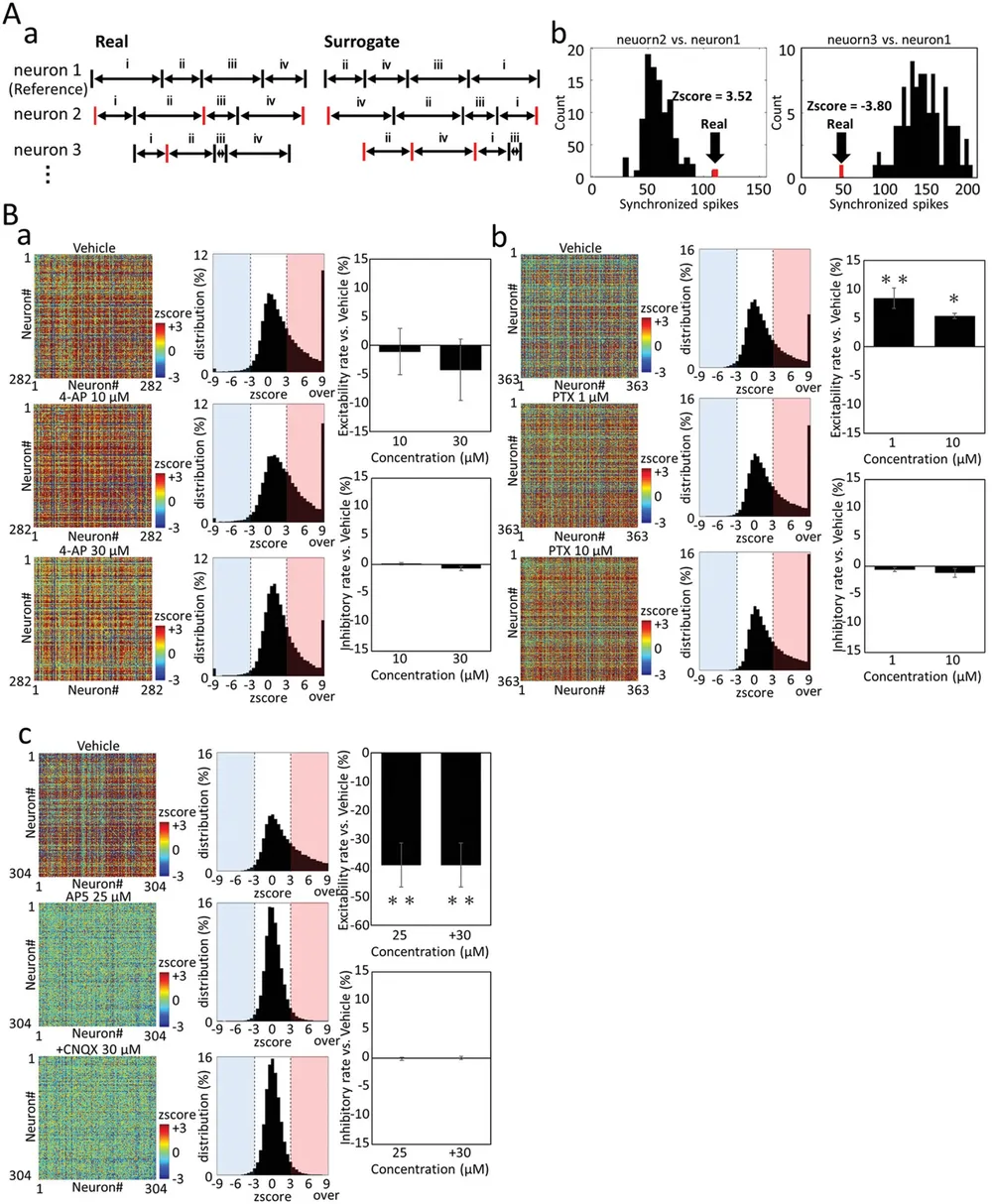Parkinson's Disease
# Revolutionizing Drug Discovery with Precise Electrophysiology
Empowering Parkinson’s Disease Research with Advanced MEA Technology and AI Insights
Parkinson’s Disease is a progressive neurodegenerative disorder characterized by the gradual loss of dopamine-producing neurons in the brain, leading to motor impairments such as tremors, rigidity, and bradykinesia. At VitroVo, we are at the forefront of Parkinson’s disease research, utilizing state-of-the-art Microelectrode Array (MEA) technology and iPSC-derived models to better understand the disease and accelerate the development of effective therapies. Our AI-powered analysis tools provide deeper insights into neurodegeneration, dopaminergic dysfunction, and drug efficacy, helping researchers evaluate Parkinson’s treatments with greater precision and efficiency.
VitroVo’s Comprehensive Approach to Parkinson’s Disease Research
VitroVo offers cutting-edge solutions for Parkinson’s disease research, combining MEA technology with iPSC-based models and advanced AI-driven analytics to deliver robust data on neuronal function and drug effects. Our dopaminergic neuron models mimic Parkinson’s pathology, allowing us to assess neuroprotective therapies, disease-modifying treatments, and drug efficacy in a physiologically relevant context. With a comprehensive understanding of neural circuits, neurotransmission, and motor function, we help accelerate the discovery of innovative therapies for this debilitating condition.
Key Benefits of VitroVo’s Parkinson’s Disease Drug Discovery Platform
-
Relevant Disease Modeling: Utilize iPSC-derived dopaminergic neurons to accurately replicate Parkinson’s disease pathology, including dopamine depletion and neuronal degeneration, providing critical insights into disease mechanisms.
-
Functional Phenotype as a Target: Simplify complex disease characteristics with multivariate analysis of MEA parameters, constructing clear, quantifiable phenotypes from disease model activity. This provides a direct and actionable target for disease-modifying therapies.
-
High-Resolution MEA Analysis: Our Ultra-HD-MEA platform captures real-time neural activity at single-cell resolution, enabling precise assessment of treatment effects on dopamine-producing neurons and their network connectivity.
-
Predictive Drug Screening: Harness AI-driven analytics to evaluate compounds targeting dopamine restoration, neuroinflammation reduction, and neuroprotection, optimizing candidate selection for clinical trials.
VitroVo’s Capabilities in Parkinson’s Disease Research
VitroVo’s advanced electrophysiology assays and iPSC-based models offer researchers an innovative platform to study Parkinson’s disease in detail. By combining high-resolution MEA analysis, AI-driven data interpretation, and neurotoxicity screening, we provide actionable insights to support the development of Parkinson’s treatments. Our disease models replicate critical aspects of the disease, including the loss of dopaminergic neurons and impaired motor functions, enabling precise testing of potential drugs.
-
Phenotypic Screening: Use mid-throughput assays (24- to 48- well MEA plates) for efficient testing of Parkinson’s disease drug candidates, providing snapshots of their effects on neural networks and dopaminergic signaling.
-
Neuroprotective Screening: Identify potential neuroprotective agents that may halt or slow disease progression by evaluating their effects on dopamine levels, synaptic function, and neuroinflammation in Parkinson’s models.
-
Gene Expression Analysis: Utilize RNA-seq and RT-qPCR to profile gene expression in Parkinson’s disease models, uncovering molecular mechanisms and identifying biomarkers for early diagnosis and therapeutic monitoring.
-
Synaptic and Network Activity Analysis: Monitor synaptic function and neuronal network activity using MEA assays to assess how Parkinson’s treatments affect the functional connectivity of dopaminergic circuits.
Explore VitroVo’s Parkinson’s Disease Models and Services
VitroVo offers a range of customizable models and assay platforms for Parkinson’s disease research:
-
hiPS-Dopaminergic Neurons: Replicate Parkinson’s disease pathology by modeling dopamine depletion and neurodegeneration with iPSC-derived dopaminergic neurons.
-
Brain Organoids: Simulate Parkinson’s disease in 3D brain organoids, capturing the effects of dopamine depletion, alpha-synuclein aggregation, and neuroinflammation.
-
Custom Models: If your research requires specific models, we can create customized Parkinson’s disease models to meet your unique needs.
Assays
See assay examples below to find out how VitroVo can advance your Parkinson's disease research

